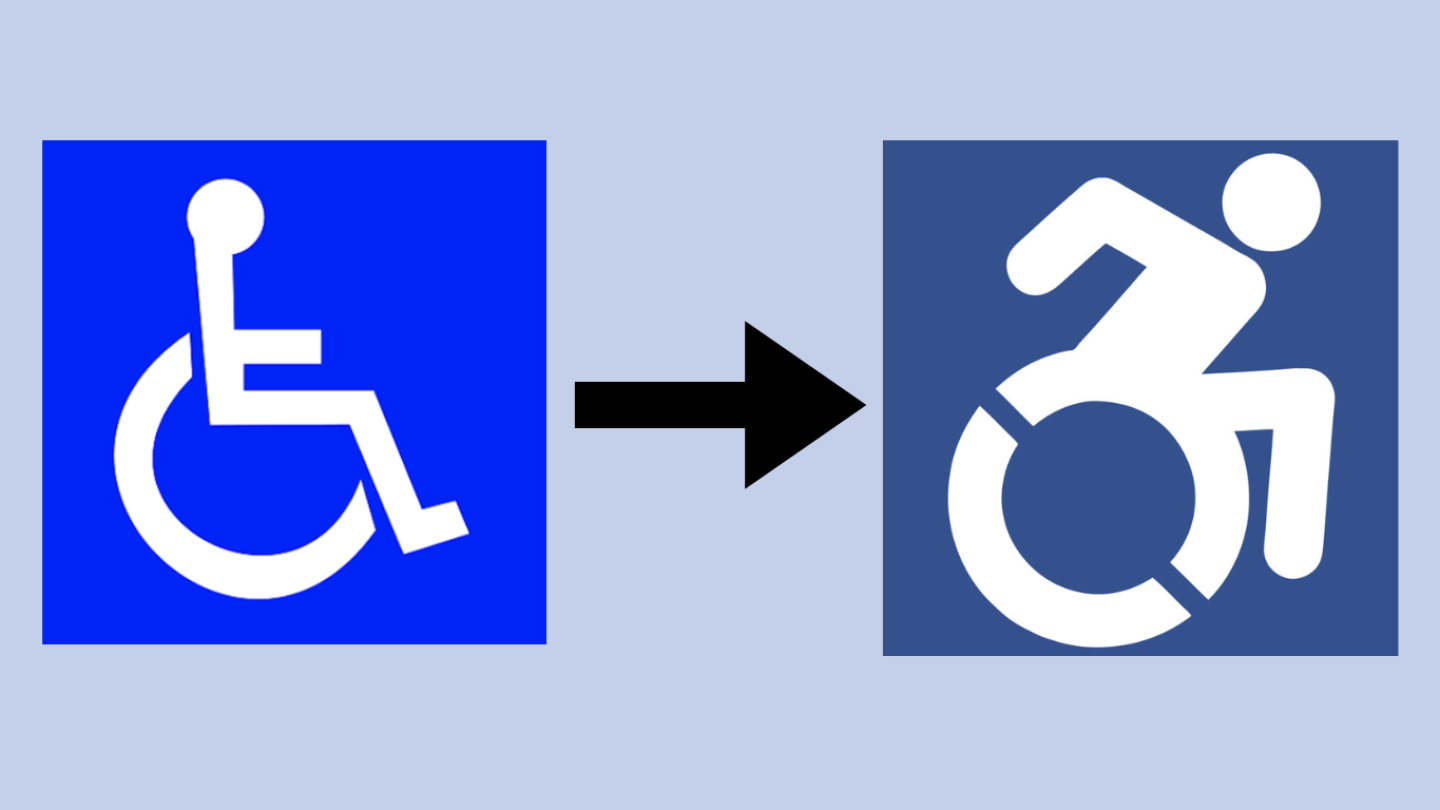In Cambridge and Malden, Massachusetts, the image depicted on parking signs reserved for people with disabilities is slowly being replaced, from the familiar white stick figure in a wheelchair, to something more dynamic.
A campaign to do likewise is underway around western Mass.
Erin Murray said she plans to go city by city to advocate repainting or replacing signs with a new more dynamic image, and instead of the words “Handicap Parking,” she wants to see the words “Reserved Parking.”
“It really is paint and a different stencil,” Murray said.
In 2024 in Springfield Murray, who is an occupational therapist and professor at Western New England University, was the energy behind some signs being changed in front of a clinic on campus.
Her motivation, she said, is to change the public perception of people in wheelchairs.
“So that people know that individuals with disabilities are active participants in society,” Murray said. “They’re not passive or stationary.”
While the physical change to the signs might be simple, local and maybe lawmakers will need to weigh in on legislation or ordinances.
Murray started a petition last year to show officials she said — there’s interest in updating the logo.
To date she said, she’s been in contact Northampton and Springfield.
More than a decade ago, The Accessible Icon Project came up with their version of a stick figure in a wheel chair— in motion. It’s one of several alternative designs, created with the idea of replacing the dominant stick figure in a wheel chair.
Connecticut lawmakers took up legislation several years ago that would change the wheelchair logo when signs around the state needed to be replaced, or new spots became available in parking lots.
According to “New York Dynamic Accessibility Symbol Laws Compliance Resource Bulletin,” in 2014 the state of New York approved similar legislation.
This story was originally published the New England News Collaborative.









